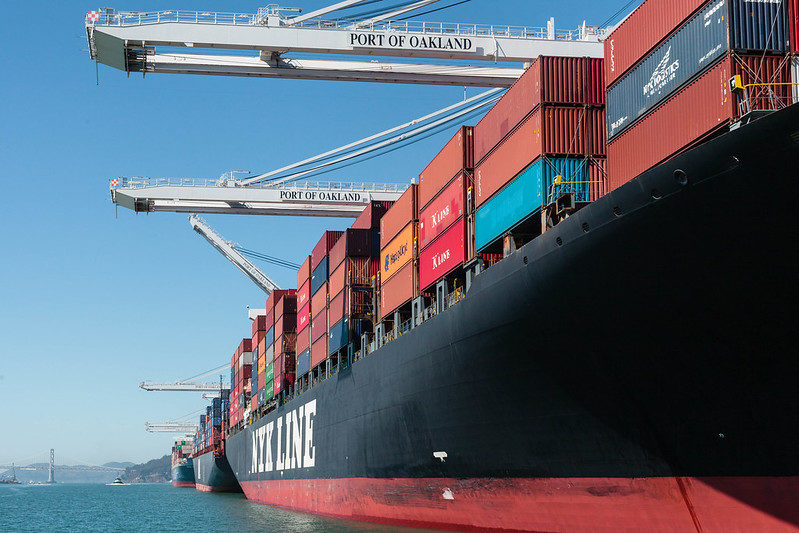Five California ports sign data-sharing deal to improve supply chain visibility
Cloud-based data interoperability could help freight system resilience, goods movement efficiency, emissions reduction, and economic competitiveness.

California’s five containerized ports have all agreed to participate in a statewide data-sharing program that is designed to improve the flow of goods and enhance supply chain visibility efforts, the partners announced today.
The deal outlines an agreement between the five ports to jointly advance computerized and cloud-based data interoperability with a common goal of supporting improved freight system resilience, goods movement efficiency, emissions reduction, and economic competitiveness.
By signing on, the five facilities—the Port of Hueneme, the Port of Long Beach, the Port of Los Angeles, the Port of Oakland, and the Port of San Diego—qualify for a pool of $27 million in grant funds from the state’s GO-Biz economic development arm to support port data system development.
Known as the “California Port Data Partnership,” the plan is modeled after a nationwide effort unveiled by the Biden Administration in 2022 to standardize the data available on current cargo flow across the nation, reducing consumer costs and providing real time data for more efficient delivery operations.
"Today is a welcome day for California ports and the global logistics industry. Establishing the data-sharing program is an innovative and meaningful approach to enhancing the flow of goods through our state," Port of Oakland Maritime Director Bryan Brandes said in a release. "Goods movement efficiency encourages importers and exporters to select California for their sea-going trade, and that supports jobs, positive economic impact, and community benefits in our state."
Related Articles
Copyright ©2024. All Rights ReservedDesign, CMS, Hosting & Web Development :: ePublishing